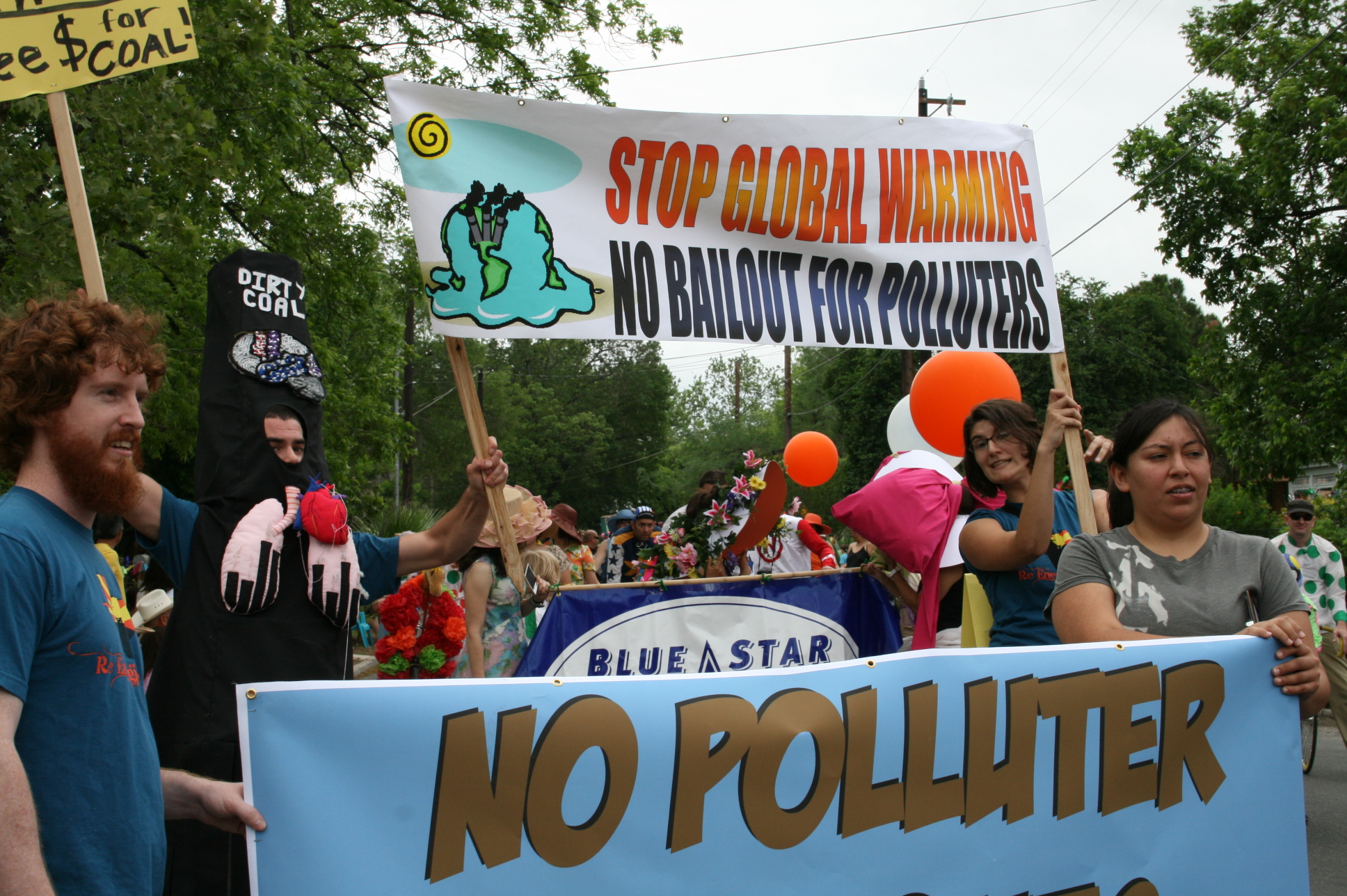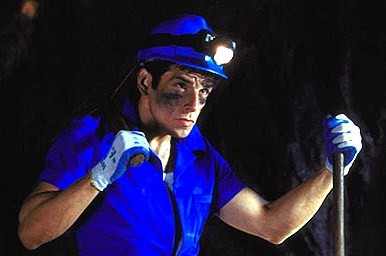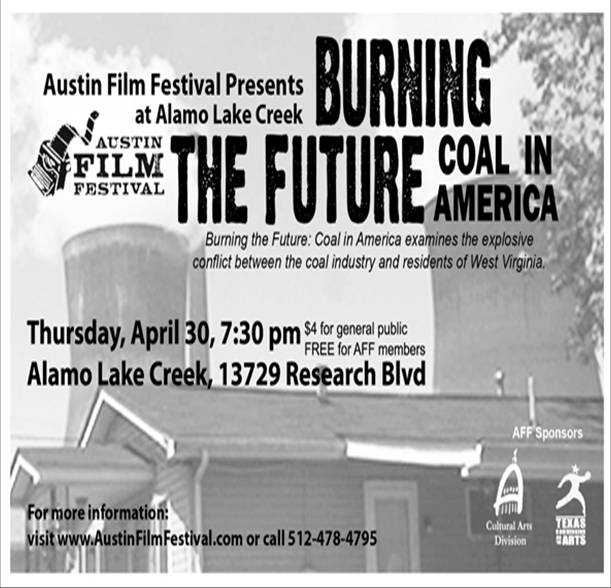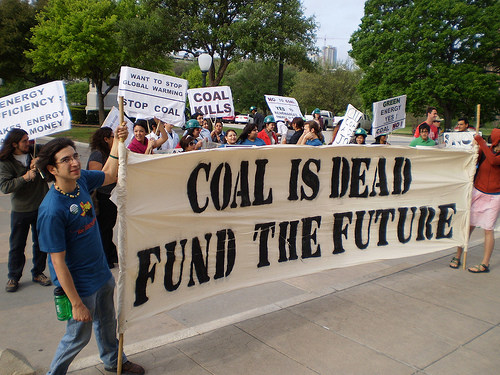Coal has been used by man for several centuries as a means of warmth, transportation (via Watt’s steam engine) and most recently electric power. It is currently used nearly exclusively for the generation of electricity in the US (in 2001: 86% of total US coal production). It has always been claimed that coal makes good economic sense because it is both cheap and abundant (both economic variables). As for factors that fall outside of this – how do we measure these in an economic sense? Perhaps we should just leave them by the wayside, or dust them under the carpet? Out of sight, out of mind? In this blog, let’s consider some of the external costs of coal.
A report was recently released by the National Academy of Sciences examining the externalities of energy – the hidden costs of the energy we use. It was requested by Congress in the Energy Policy Act of 2005. This little statement, found in the executive summary, gets at the heart of what an external cost is:
Modern civilization is heavily dependent on energy from sources such as coal, petroleum, and natural gas. Yet, despite energy’s many benefits, most of which are reflected in energy market prices, the production, distribution, and use of energy also cause negative effects. Beneficial or negative effects that are not reflected in energy market prices are termed “external effects” by economists. In the absence of government intervention, external effects associated with energy production and use are generally not taken into account in decision making.
Interesting, and perhaps even a bit understated. The point is that externalities exist within our energy-economic system, and by keeping them external they can have fairly serious consequences.
Here are some of the more grave externalities of coal-power, with an illustration to help:

Effects of Coal, Alan Morin, taken from "Cradle to Grave: The Environmental Impacts from Coal," Clean Air Task Force: http://www.catf.us/publications/reports/Cradle_to_Grave.pdf
(1) Classical Pollutants: Particulate Matter (PM), SO2, NOx, as well as other pollutants such as O3, CO, Benzene, Benzo-[a]-pyrene, and a host of other tongue-twisting compounds. These have negative effects on health through cancers, respiratory disorders, and a general decrease in life expectancy. They can also have a negative effect on building materials (acid damage), crops (yield reduction, acid deposition), and ecosystems (eutrophication).
(2) Greenhouse Gas emissions: CO2, CH4, N2O, and others. Contributes to climate change.
(3) Direct Environmental Damage: Mountain-top removal mining (MTR), Strip mining, etc. Mining causes irreparable damage to the local land and water resources, and can lead to chemical spills as a consequence of the mining.
(This information was taken from a similar European Report, published in 2003).
The grand total in external coal-induced damages put forward by the report is $62 billion (for 2005). That said; keep in mind the fact that not all coal-fired power plants are created equal. Researchers took data from 406 coal-fired power plants from across the US (excluding Hawaii and Alaska) and produced some notable results. The top 5% in terms of pollution caused damages of over 12 cents (per kWh), whereas the lowest-emitting 5% of the plants caused less than 0.5 cents (per kWh) of damage. That is quite a difference. This diagram illustrates the extreme variation in damages:

Damages of Coal and Natural Gas Plants, taken from "Hidden Costs of Energy," report in brief: http://dels.nas.edu/dels/rpt_briefs/hidden_costs_of_energy_Final.pdf
These numbers take into account neither possible climate change effects, ecosystem damage (such as MTR), nor mercury emissions. The study done by the European Commission did try to include all factors, and as expected found significant costs related to climate change and ecosystem damages. Here is a summary of the external costs produced throughout the energy sector in Germany:

Taken from "External Costs," European Commission: http://ec.europa.eu/research/energy/pdf/externe_en.pdf
Looking at the same data, we can see the relative little external costs of wind or hydro power (renewable energy sources).
There is quite a lot of crying these days about subsidies for renewable energy, and how these forms of energy are too costly to be feasible. However, as this report points out, if we were to look at all of the costs of conventional coal power (internal and external) at least we would have a more level playing field. Perhaps then wind, solar and other renewable energy sources would be better able to compete? (This discussion ignores both the fact that coal is a finite resource and that there are huge subsidies given to coal companies each year – other matters altogether).
But the past is behind; let’s see this in light of the future. The US Department of Energy, in their International Energy Outlook of 2009, has predicted that world coal consumption would increase by 49 percent from 2006 to 2030, saying that “coal’s share of world energy consumption increases from 27 percent in 2006 to 28 percent in 2030.”
By continuing to allow the torrid growth of coal in the next two decades, how much more damage will be left out of the equation? You can work out the economics of that one.
J Baker.
###
By promoting cleaner energy, cleaner government, cleaner cars, and cleaner air for all Texans, we hope to provide for a healthy place to live and prosper. We are Public Citizen Texas.
Read Full Post »
 Right now the EPA is accepting public comments on proposed new ozone standards that will make the air we breathe cleaner and our communities healthier, but they are facing fierce opposition from the coal industry and its allies. The Houston EPA hearing on new ozone standards is one of only three across the country (the other two are in Virginia and California), so this is a big deal!
Right now the EPA is accepting public comments on proposed new ozone standards that will make the air we breathe cleaner and our communities healthier, but they are facing fierce opposition from the coal industry and its allies. The Houston EPA hearing on new ozone standards is one of only three across the country (the other two are in Virginia and California), so this is a big deal!






 We’re already getting push-back from coal industry on account of the ReEnergize Texas Rally at the capitol Monday morning. When the coal industry’s “clean coal” PR machine is running scared and feels the need to release official press releases… you’re doin’ it right.
We’re already getting push-back from coal industry on account of the ReEnergize Texas Rally at the capitol Monday morning. When the coal industry’s “clean coal” PR machine is running scared and feels the need to release official press releases… you’re doin’ it right.

